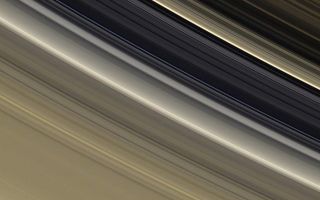
PIA08306: Colorful Division
|
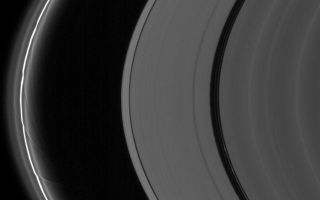
PIA08308: Streamers and Clumps
|

PIA08310: Encke's Kinks
|
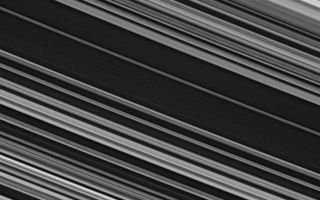
PIA08313: The Spoke Zone
|
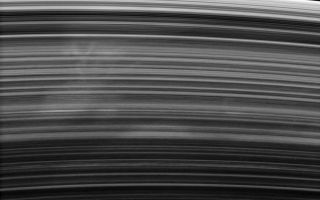
PIA08316: The Search for Spokes
|
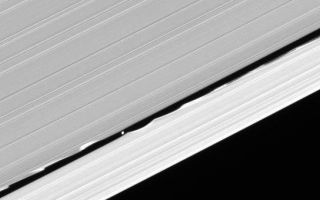
PIA08319: Edge Waves
|
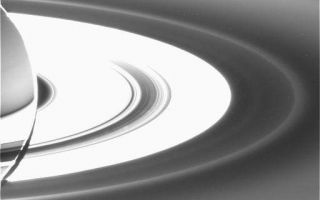
PIA08322: The Janus/Epimetheus Ring
|
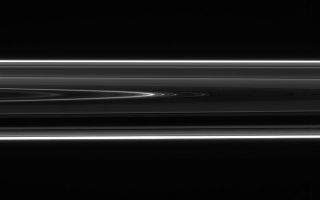
PIA08325: A Twisted Tale
|
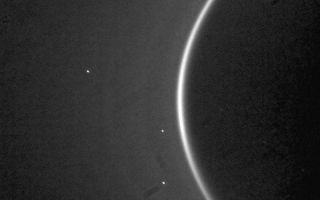
PIA08327: Rounding the Corner
|
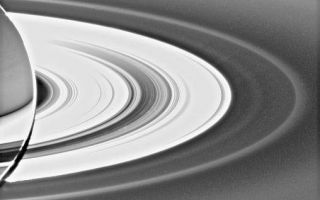
PIA08328: Moon-Made Rings
|

PIA08329: In Saturn's Shadow
|
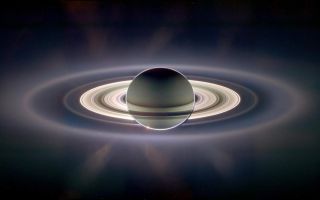
PIA08329_full_res.jpg
|
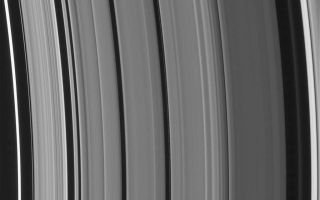
PIA08330: New Rings for Cassini's Division
|
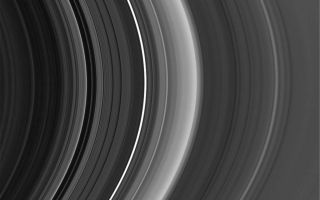
PIA08331: New Rings for Cassini's Division
|
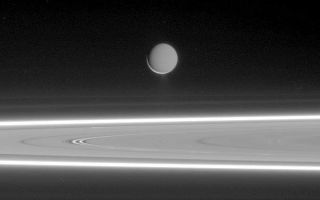
PIA08337: Brilliant Ice Dust
|
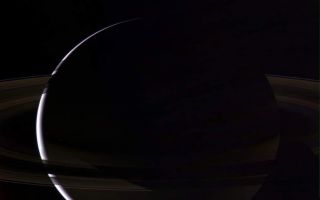
PIA08340: Shadowlands
|
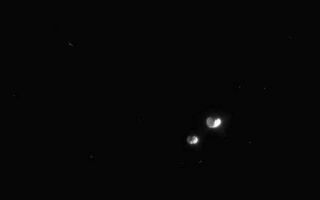
PIA08348: Janus-Epimetheus Swing
|
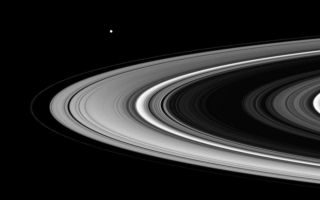
PIA08356: The Great Crossing
|
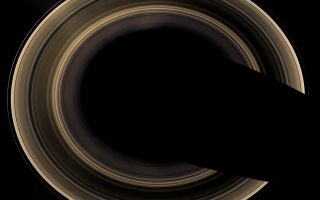
PIA08361: Ring World
|

PIA08388: On the Final Frontier
|

PIA08389: Expanse of Ice
|
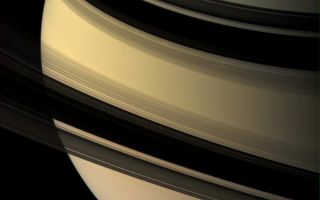
PIA08390: Grace and Beauty
|

PIA08393: Rainbow on the Rings
|

PIA08394: Moon Patrol
|

PIA08396: The Painted Globe
|
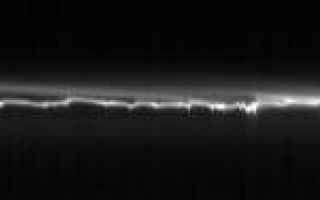
PIA08412: Unrolling the F-ring
|
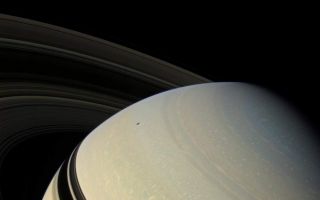
PIA08414: Perspective on Saturn
|
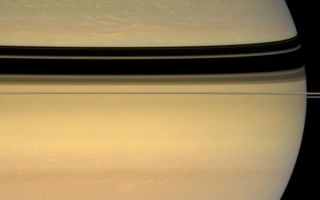
PIA08415: Saturn ... Four Years Later
|
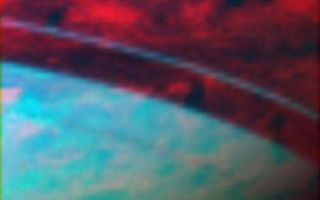
PIA08734: Saturn's Light from Within
|
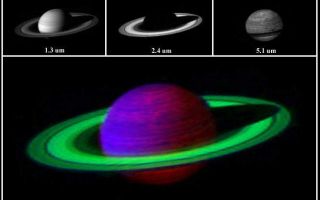
PIA08735: Saturn's Kaleidoscope of Color
|